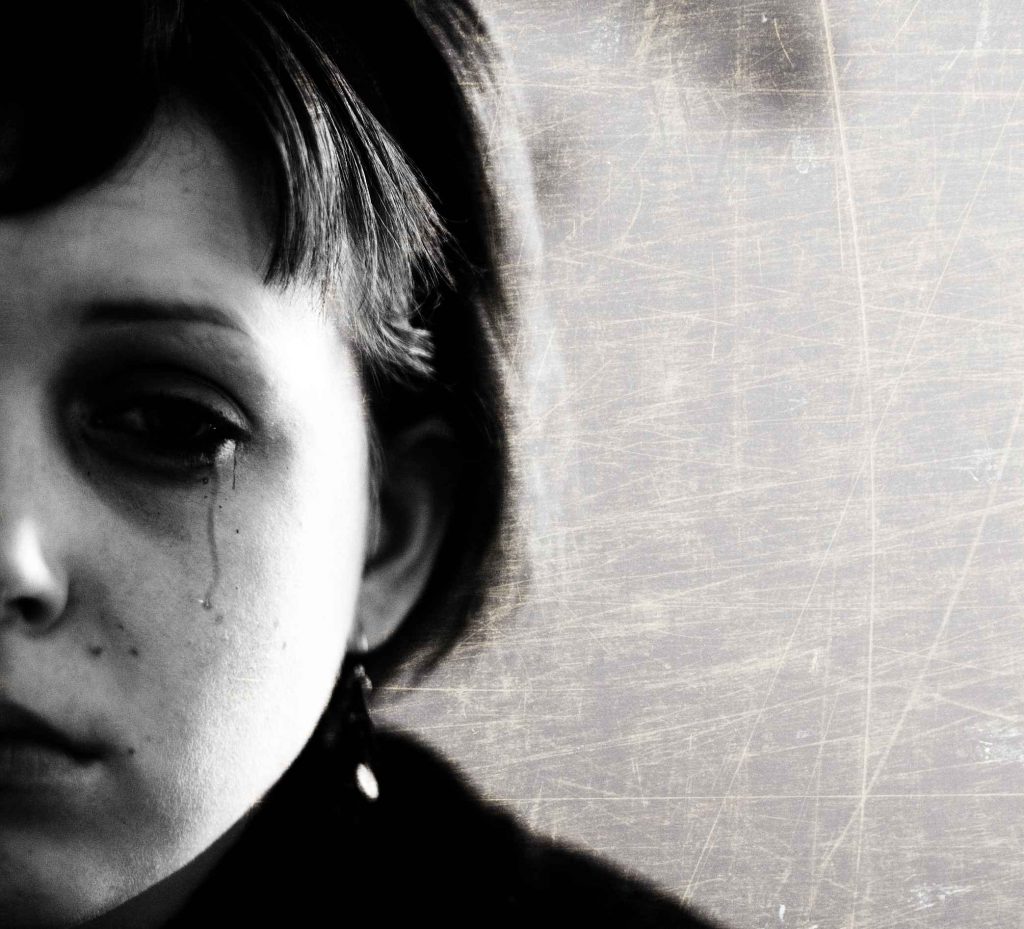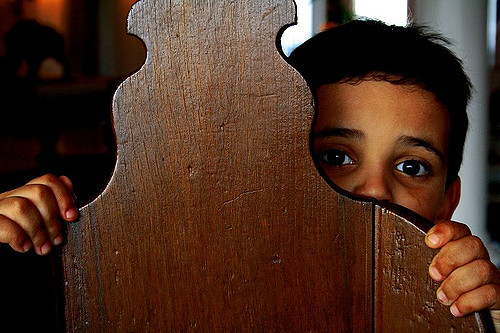
Source: commons.wikimedia.org
Similarly different. Some say there is a thin line separating bipolar disorder from an antisocial personality disorder. From the behaviors being presented, one can objectively see that there are similarities in aggressiveness and hyperactivity of the child. Nonetheless, these mental health conditions should be thoroughly assessed and diagnosed by a mental health professional to formally say that the child has an either bipolar or antisocial personality disorder. Understanding these conditions requires thorough observation and knowledge on how the symptoms are presented especially in children and young adolescents.
According to Jessica Katzman, PsyD, “In the biological paradigm, the focus is the biochemical effect. The patient shows up for treatment, receives the medicine, and the medicine does its work.”
Children and adolescents experience mood shifts as part of their growing up. If these emotions continue to be extreme and hamper the normal function and activities, it could mean a mental health state that needs evaluation.
“Medication is crucial for managing bipolar disorder,” says John Preston, PsyD.
Bipolar and Antisocial Personality Disorder: Similarities and Differences
Bipolar disorder in children alone is somehow difficult to recognize as the symptoms are quite similar to ADHD, conduct disorder, or even the typical childhood behavior of being rowdy, energetic, or shy and moody. It is called bipolar because it presents two major emotional disturbances – mania and depression – all occurring in irregular cycles within a day. These two emotions can rapidly alternate with each other resulting in irritability with a moment of wellness between occurrences, or feeling of both manic and depressed at the same time. Thus, children with BD are described as impulsive, shifting between aggressive and withdrawn. Parents would not consider these symptoms significant until diagnosed. As early as six years old, children can be diagnosed with bipolar disorder.

Source: flickr.com
An antisocial personality disorder is characterized by impulsive manners, high risk for imprisonment secondary to criminal acts, addictive disorders and desperate behaviors. A person with ASPD has the likelihood of becoming a sociopath if not controlled or managed. Most cases of ASPD is detected during the adolescent period as the teenager is more inclined to perform prohibited acts or violating orders.
Two Conditions In One
A person with ASPD having manic episodes may manifest unrealistic expectations, high self-esteem, and grandiosity. The person can mask his insecurities as someone, who is dominant and is ahead of everyone. And when the circumstances are not in his favor and against his unrealistic expectations, making his high regard towards himself threatened, thus depression takes place the manic behaviors, but unlikely to remain for an extended period. Because a person with ASPD will not let himself feel down for so long, instead to regain his self, a further affirmation of his power and control will be more evident, and this is often through the commission of crimes. A person who has ASPD has no feeling of guilt after all and will not recognize the presence of the condition.
Opinion corner: Patrick Corrigan, PsyD, “As US mass shootings have increased, political leaders and others have framed the problem as one of mental illness, suggesting that better access to mental healthcare might have prevented some of the shootings.”
Final Evaluation Still Needed
So, the question of whether children with bipolar disorders have an antisocial personality disorder, the answer can only be provided after going a thorough psychiatric evaluation. Not all bipolar disorders have antisocial personality disorders. However, many cases show the interlinking of these disorders in one condition alone. One general rule is that a person cannot be diagnosed with ASPD until he or she reaches 18 years old. Until then, the teenager is provided with the diagnosis of conduct disorder wherein clinical manifestations of bipolar disorders also prevalent.





